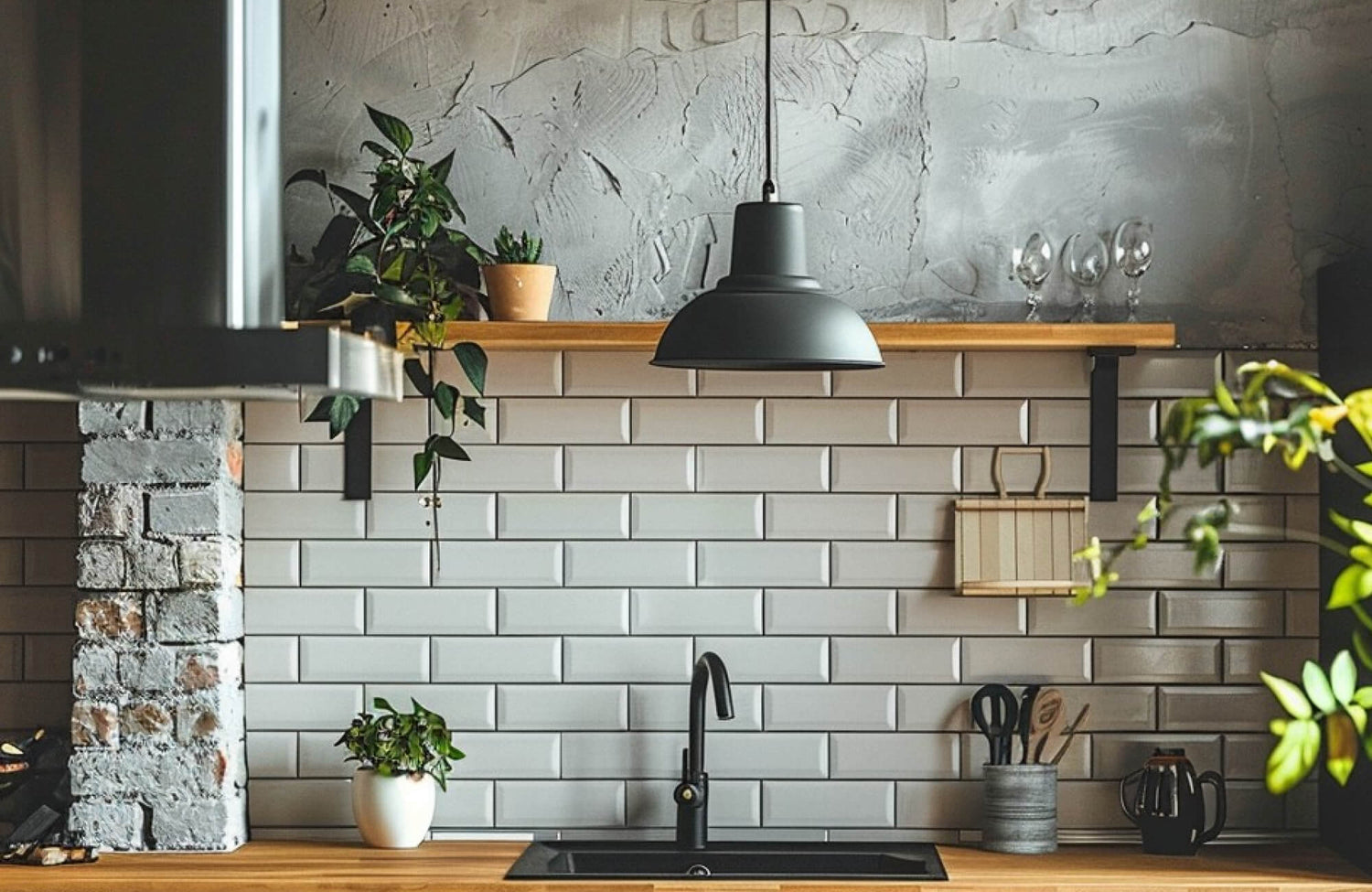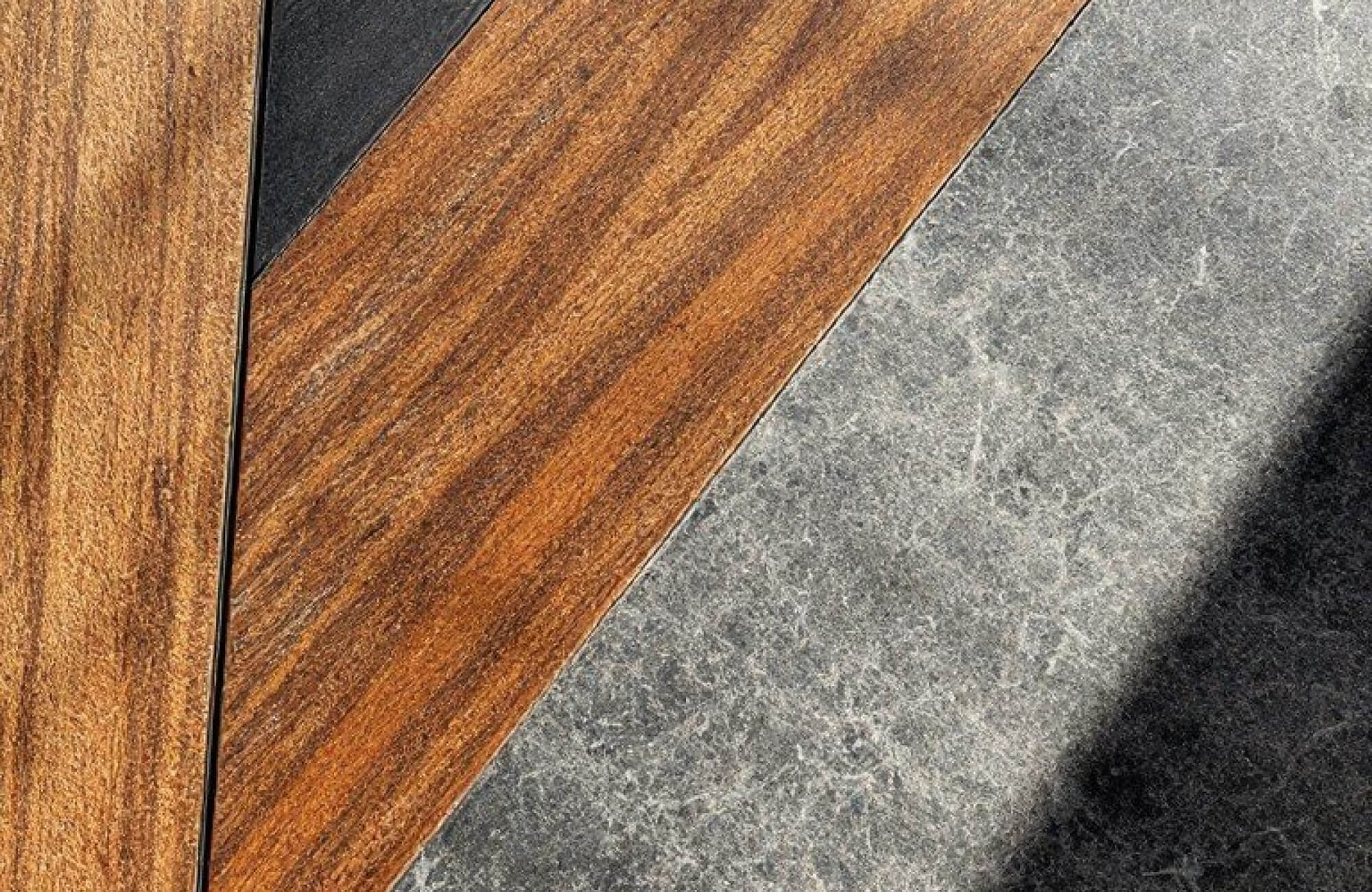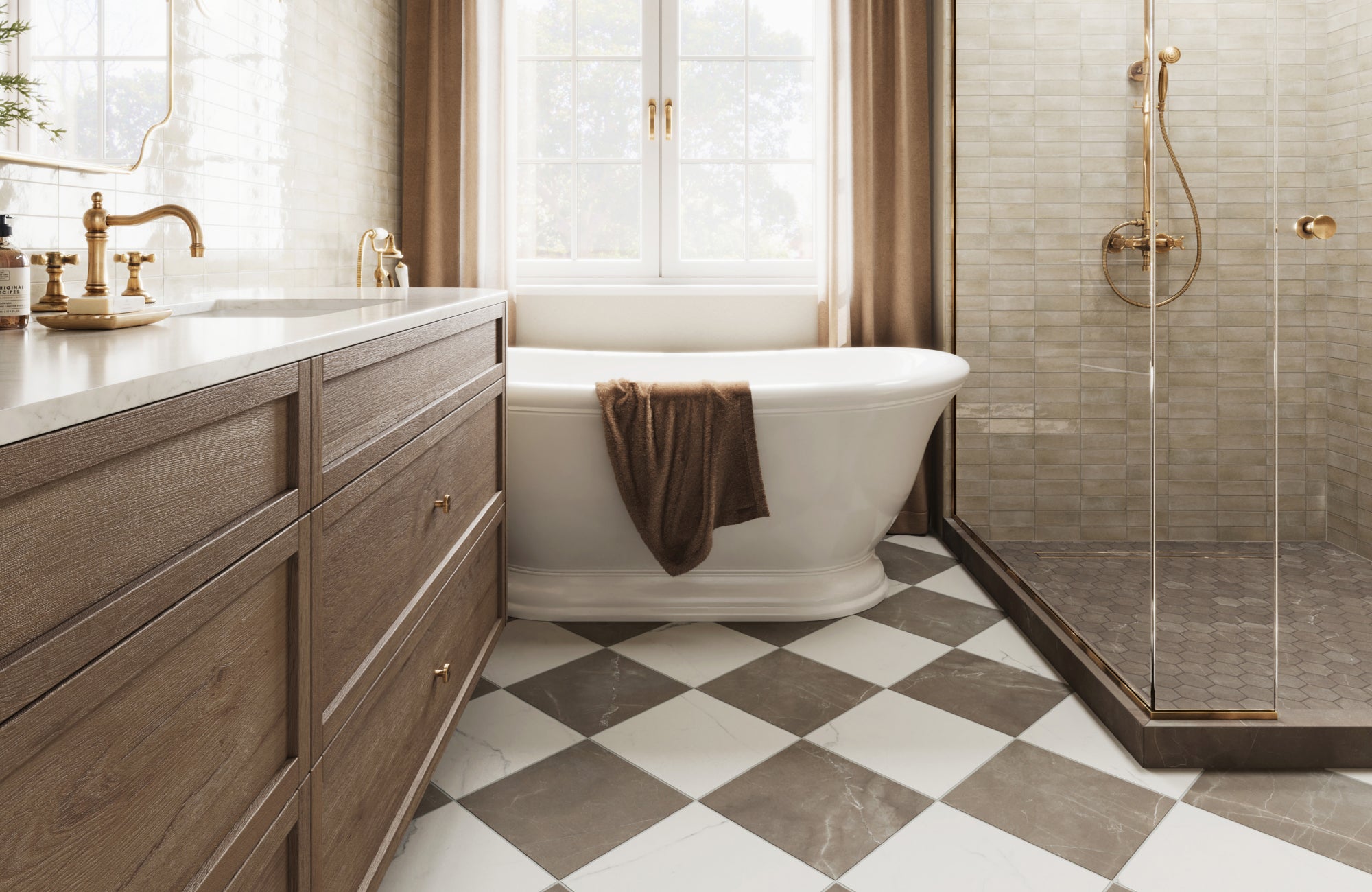Subway tiles are a versatile and stylish choice for enhancing outdoor spaces, offering durability and timeless appeal. Selecting the right tile size plays a crucial role in shaping both the aesthetic and functionality of your outdoor designs. The right size not only enhances the visual flow but also creates a sense of openness, making outdoor areas feel more cohesive and inviting.
In this guide, we’ll walk you through choosing the best subway tile sizes for various outdoor settings. You'll find practical tips to ensure long-lasting beauty and performance, whether you’re opting for larger tiles to minimize grout lines or smaller options to add texture and character.

Patios
Patios serve as versatile outdoor extensions of the home, typically located on the ground level and providing a comfortable space for relaxation or gatherings. In these areas, larger subway tiles, such as 4x12 or 4x16 inches, offer a sleek, modern aesthetic by minimizing grout lines, making the area feel more expansive and easier to clean. In contrast, standard sizes like 3x6 to 3x12 inches add texture and improve grip—making them a practical option for patios exposed to rain or pool water, where slip-resistance is essential.
When choosing tile sizes, it’s important to keep the patio's layout and purpose in mind. For larger, open areas designed for entertaining, larger subway tiles work well by creating a sleek, uninterrupted surface. Meanwhile, smaller subway tiles can bring character and definition to cozy, intimate spaces. Choosing durable materials such as porcelain also ensures that the tiles can withstand outdoor conditions and frequent use without losing their aesthetic appeal.

Terraces
Terraces are elevated outdoor spaces, often extending from the home's upper levels or positioned above ground, designed to offer open-air areas for leisure and dining. When selecting the best subway tile size for this setting, it’s essential to balance aesthetics with functionality, while accounting for exposure to outdoor elements. Larger subway tiles, such as 4x12 or 4x16 inches, create a smooth, seamless surface that visually expands the area by minimizing grout lines, which can otherwise trap dirt. In contrast, smaller subway tiles, such as 3x6 or 2x4 inches, are ideal for defining seating or dining areas, introducing subtle design accents that enhance the space without overpowering it.
Additionally, it’s important to factor in drainage, as tile size directly impacts how efficiently water flows off the terrace—ensuring lasting durability and preventing potential water damage. A great tip to maintain cohesion is to align terrace tile patterns with the home’s architectural style. Larger subway tiles in neutral tones create visual continuity, while patterned layouts or varying tile sizes add definition to specific areas without disrupting the overall balance.

Balconies
Balconies extend your living space, providing a small yet inviting outdoor area to relax and enjoy the view. Choosing the right subway tile size for this space plays a key role in maximizing it without making it feel crowded. Smaller subway tiles, such as 3x6 or 4x8 inches, allow for intricate patterns that introduce character while fitting well within compact areas. A slightly larger option, like 4x12-inch tiles, can create a more elongated appearance by guiding the eye along the floor, subtly adding a sense of length. Additionally, laying tiles diagonally in narrow balconies can expand visual width, offering a simple yet effective way to make the area feel more open and inviting.
Since balcony tiles face outdoor elements year-round, durability plays a crucial role in their selection. Textured subway tiles are especially beneficial for sunlit areas, as they minimize glare and enhance traction in wet conditions. By thoughtfully balancing aesthetics with resilience, you can create a balcony that complements the surrounding architecture while standing up to weather changes with long-lasting beauty.

Garden Walkways
Garden walkways are more than just practical paths—they shape the flow of the landscape and add charm to outdoor spaces. Choosing the right subway tile size for these walkways helps create a durable and visually appealing route that complements the surrounding greenery. Smaller subway tiles, such as 3x6 or 4x8 inches, are ideal for detailed patterns like herringbone or brick, adding texture and character to the walkway. On the other hand, larger options like 6x12 inches reduce grout lines, offering a smoother, more expansive appearance while providing a stable walking surface.
However, it's important to note that while subway tiles can work for certain decorative elements in walkways, they may not be the best choice for full pathways. Their uniform, smooth shape contrasts with the irregular, organic appearance typically desired in garden settings. Instead, consider using subway tiles selectively—such as for borders, accents, or stepping paths—to subtly introduce structure without disrupting the natural flow of the garden. This approach ensures the walkway remains cohesive with the outdoor environment while benefiting from the durability subway tiles provide.
Subway Tile Size and Color Coordination
The relationship between subway tile size and color plays a crucial role in creating cohesive and visually connected outdoor spaces. Larger subway tiles in soft, neutral shades reflect light and reduce visual fragmentation, making patios and terraces appear more open and expansive. In contrast, smaller options paired with darker or bolder tones help define walkways or accent garden features, adding structure and subtle contrast without overwhelming the space.
You can also try blending different tile sizes within a unified color palette to enhance transitions between zones, seamlessly linking patios, terraces, and connecting paths. This technique works especially well in multi-functional outdoor areas, where various sections need to flow naturally together. By carefully selecting the right combination of tile size and color, outdoor spaces can achieve a refined, polished aesthetic that feels thoughtfully designed and inviting.
If you want to see how the right subway tile size can enhance your outdoor spaces, try our augmented reality (AR) tool. It's a helpful way to explore different tile options and visualize how each layout will impact your patio, terrace, balcony, or walkway before making a final decision.

Installation Tips and Maintenance
Achieving a long-lasting subway tile installation outdoors starts with careful preparation. First, make sure the surface is thoroughly cleaned and leveled to ensure strong adhesion and prevent uneven placement. It’s also important to gather the right tools—such as a notched trowel, tile spacers, and a tile cutter—to streamline the process and improve precision. Using weather-resistant grout and mortar is essential as well since outdoor subway tiles are exposed to fluctuating weather conditions. On top of that, selecting tiles specifically rated for exterior use adds an extra layer of durability and helps guard against cracks or wear over time.
Maintaining the appearance and longevity of subway tiles, particularly those made from porcelain, requires regular attention. Cleaning the surface with mild soap and water not only prevents dirt buildup but also preserves the grout’s integrity. It’s a good idea to reseal grout periodically, particularly in areas that are used frequently, to minimize moisture absorption and discoloration. By following these simple but effective maintenance steps, you can keep your outdoor subway tiles looking polished and ensure they remain a lasting part of your outdoor space.
Final Thoughts
Transforming your outdoor spaces with the right subway tile size ensures a balance of style and practicality, creating areas that are visually appealing and built to withstand the elements. Whether you prefer larger subway tiles for a seamless, modern look or smaller ones to add texture and definition, there are plenty of options to enhance patios, terraces, balconies, and garden walkways. Selecting the appropriate tile size contributes to a cohesive, polished design that elevates the overall outdoor experience.
If you’re planning to upgrade your outdoor areas with subway tiles, we offer a wide selection to match any design style or functional requirement. And if you have any questions or need personalized advice, feel free to contact us! Our team is ready to help you find the perfect subway tiles to bring your outdoor design vision to life.








